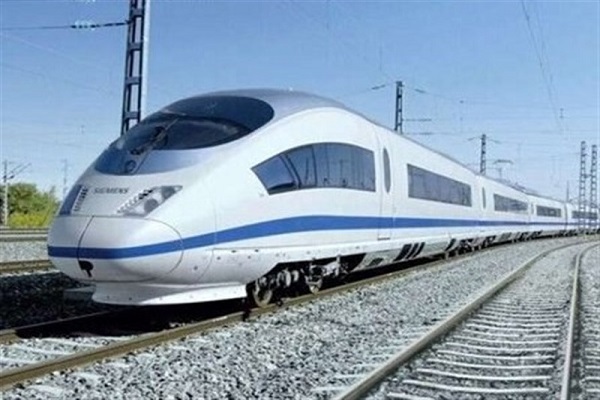
TABNAK, Oct, 08: “We have held talks with China to fund the project,” he said.
He also called for using new system in Iranian railways to reduce costs, increase efficiency of trains.
Tehran is in negotiations with two Chinese companies to build a 1,100-kilometer-long railway in eastern Iran at a cost of up to $2bn.
If the talks are successful, the state-owned China Railway Engineering Corporation (Crec) and Citic Group will build a rail link from the northwestern city of Mashhad along Iran’s eastern border to the port of Chabahar on the Arabian Sea.
The two Chinese companies will carry out the project on an engineering, procurement and construction basis.
Back in 2019, the then Iranian First Vice-President Eshaq Jahangiri had said the country has signed a contract with China to implement a project to electrify the main railroad connecting the capital, Tehran, to the northeastern city of Mashhad.
The contract on the electrification of Tehran-Mashhad railroad, which can transport huge numbers of passenger, has been signed with China, the first vice-president had noted.
Once completed, the rail route could accommodate electric trains running at 200 km per hour, traveling between the two cities in 6 hours.
The contract had been finalized during Chinese President Xi Jinping’s visit to Iran back in January 2016 but had not been signed due to various problems.
Tehran has struggled to secure funding for its major infrastructure projects because of cruel US-led international sanctions. Western banks are unwilling to finance projects in the Islamic Republic, forcing Tehran to priorities individual schemes, though most of the rail network is in need of investment and modernization.
Iran plans to use its rail network to establish the country as a trade hub for the Caucasus and Central Asia. It wants to build a new container terminal at the port at Chabahar to complement the eastern rail link.
Iran Rail wants to build rail lines across the border into Pakistan, Afghanistan and Turkmenistan, opening new trade routes for these countries and beyond to the former Soviet Union states that now make up the Commonwealth of Independent States.